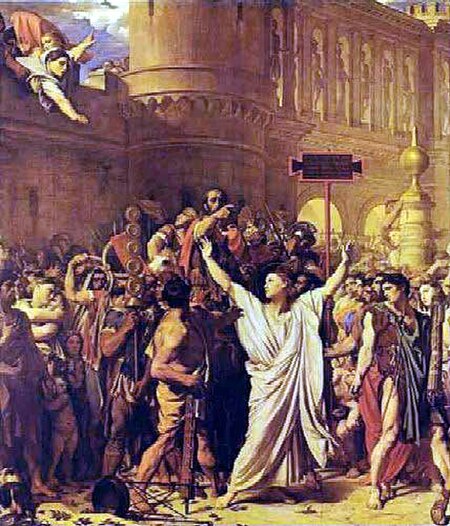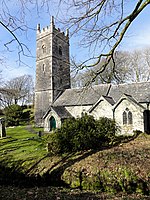Forrabury and Minster parish churches
BoscastleBuildings and structures in CornwallChurch of England church buildings in CornwallEnglish churches with Norman architectureGrade II* listed churches in Cornwall ... and 2 more
Grade I listed churches in CornwallSites of Special Scientific Interest in Cornwall

The civil parishes to which the Forrabury and Minster parish churches belong were united in 1919 to form Forrabury and Minster parish, within Cornwall, England, UK. The main settlement in the parish is Boscastle. The two rectories had been united in 1800.The original Forrabury / Minster boundary crossed the river so the harbour end of the village was in Forrabury and the upriver area in Minster. The churches were established some time earlier than the settlement at Boscastle (in Norman times when a castle was built there).
Excerpt from the Wikipedia article Forrabury and Minster parish churches (License: CC BY-SA 3.0, Authors, Images).Forrabury and Minster parish churches
Geographical coordinates (GPS) Address Nearby Places Show on map
Geographical coordinates (GPS)
| Latitude | Longitude |
|---|---|
| N 50.683 ° | E -4.676 ° |
Address
PL35 0BN , Forrabury and Minster
England, United Kingdom
Open on Google Maps











